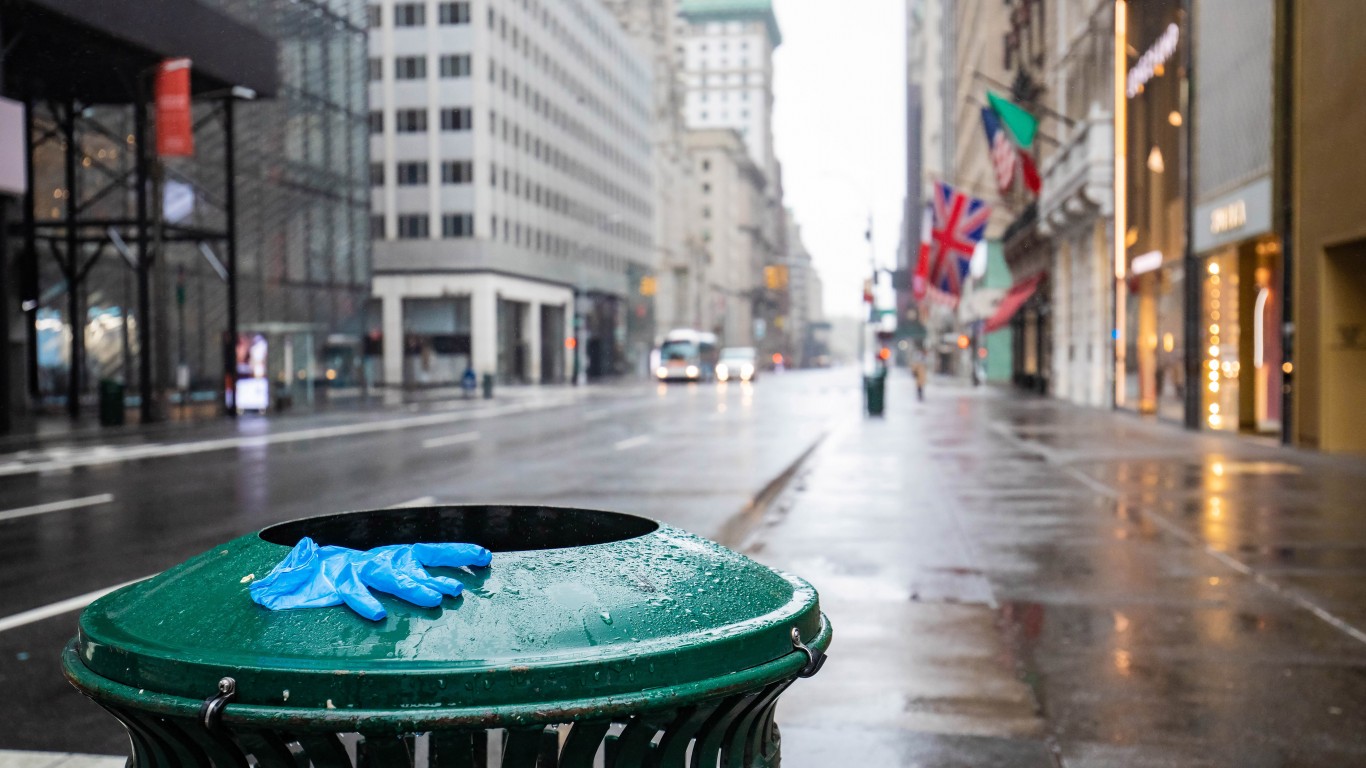

President-elect Joe Biden on Monday named a Transition COVID-19 Advisory Board that he said would “help shape my approach to managing the surge in reported infections; ensuring vaccines are safe, effective, and distributed efficiently, equitably, and free; and protecting at-risk populations.” That’s a tall order that is expected to get taller between now and January 20, 2021, when Biden officially takes the oath of office.
The advisory board is charged to consult with state and local officials “to determine the public health and economic steps” required to control the coronavirus outbreak, “to deliver immediate relief to working families,” and “to reopen schools and businesses safely and effectively.”
[in-text-ad]
In an August op-ed in the New York Times, advisory board member Dr. Michael Osterholm, director of the Center for Infectious Disease Research and Policy at the University of Minnesota, and Minneapolis Federal Reserve President Neel Kashkari put the choice facing Americans in stark terms:
We can continue to allow the coronavirus to spread rapidly throughout the country or we can commit to a more restrictive lockdown, state by state, for up to six weeks to crush the spread of the virus to less than one new case per 100,000 people per day.
In an interview with Yahoo Finance earlier this week, Osterholm repeated the idea of a lockdown for four to six weeks and noted that we could pay “all of the lost wages for individual workers” for the entire period.
Osterholm and Kashkari say that in order to reduce the spread of the virus to less than one new case per 100,000 people per day demands a mandated lockdown for all but “truly essential workers.” Citing a report from the Economic Policy Institute (EPI), they noted that 39% of all U.S. workers were deemed to be essential in the March-to-May lockdown, but that percentage varied by state. In Minnesota, for example, 78% of workers were declared to be essential.
The definition of an essential worker needs to be narrowed to include those who are “truly” essential. In a May study, EPI estimated that 55.2 million U.S. workers were employed in essential jobs in 12 sectors. The largest portion were health care workers (16.7 million), followed by food and agricultural workers (11.4 million) and industrial, commercial, residential facilities and services industry workers (6.8 million). These three categories respectively accounted for 30%, 20% and 12% of all essential workers.
Other job sectors deemed to be essential by EPI were emergency services, transportation/warehouse/delivery services, government/community-based services, communications/IT, financial services, energy, water/wastewater management, chemical and critical manufacturing.
Are stores that sell firearms essential? In all but five states they were so designated. At least seven states included stores that sell medical or recreational cannabis as essential. Are barbershops and beauty salons essential businesses? What about gyms, restaurants, bars, theaters and music venues?
BofA Securities on Thursday issued a note regarding expected curfews and crowding following the latest spike in COVID-19 cases. In the firm’s view, recent (and coming) curfews will be targeted to prevent the “most irresponsible” behavior while minimizing the economic damage. BofA also noted that much stricter restrictions probably will be needed to bend the curve of new cases due to the speed the coronavirus is spreading. Their report had several observations:
- Shorter hours of service probably mean fewer clients at restaurants, bars and gyms.
- Fewer people engaging in activities that are high-risk in terms of spreading the virus should mean fewer cases.
- Curfews are premised on the idea that people are less likely to follow social distancing rules later in the evening for a variety of reasons.
- Curfews cause less damage to the businesses affected than outright closure orders.
Thank you for reading! Have some feedback for us?
Contact the 24/7 Wall St. editorial team.
 24/7 Wall St.
24/7 Wall St.


